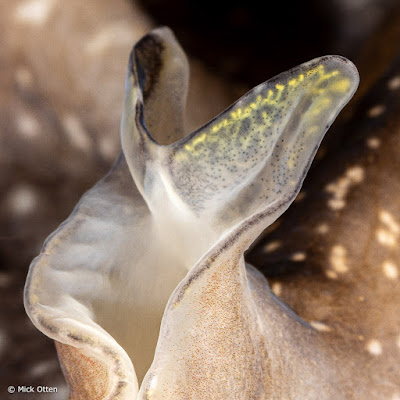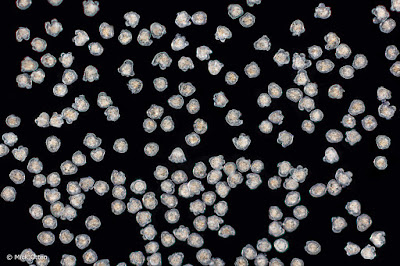Phrikoceros species
Flamenco platworm
Identification unsure, see bottom of page.
Zeelandbrug, the Netherlands, 17-10-2023. In vitro photo specimen A, 20-10-2023.
Zeelandbrug, the Netherlands, 17-10-2023. In vitro photo specimen A, 20-10-2023.
Zeelandbrug, the Netherlands, 17-10-2023. In vitro photo specimen A, 20-10-2023.
Zeelandbrug, the Netherlands, 17-10-2023. In vitro photo specimen A, 20-10-2023.
Zeelandbrug, the Netherlands, 17-10-2023. In vitro photo specimen A, 20-10-2023.
Zeelandbrug, the Netherlands, 17-10-2023. In vitro photo specimen A, 20-10-2023.
Zeelandbrug, the Netherlands, 17-10-2023. In vitro photo specimen A, 20-10-2023.
Zeelandbrug, the Netherlands, 17-10-2023. In vitro photo specimen A, 20-10-2023.
Zeelandbrug, the Netherlands, 17-10-2023. Photo specimen A.
Zeelandbrug, the Netherlands, 17-10-2023. Photo specimen B.
Zeelandbrug, the Netherlands, 17-10-2023. Photo specimen B.
Zeelandbrug, the Netherlands, 17-10-2023. Photo specimen B.
Egg mass deposited by specimen A in a bucket, 20-10-2023. L: 80 mm.
Detail egg mass deposited by specimen A, 20-10-2023.
Detail egg mass deposited by specimen A, 20-10-2023.
Larvae from egg mass deposited by specimen A, 29-10-2023.
Larvae from egg mass deposited by specimen A, 31-10-2023.
Larvae from egg mass deposited by specimen A, 31-10-2023.
Identification:
Facebook group Marine Flatworms (13 > 23 november 2023):
Audrey Falconer: Simple folds to the pharynx and the round cerebral eye cluster point to Phrikoceros to me. I can't quite see whether there are one or two male pores in your ventral shot to confirm that - I can't rule out Pseudobiceros. Pseudoceros has complex folds to the pharynx so your specimen is not that genus. (https://www.facebook.com/groups/450219478324695/posts/7244768075536434)
Peter H van Bragt: Interesting observations Audrey, I searched the web for Phrikoceros species. There is one species that looks very much like it: Phrikoceros mopsus, a South-and Central-American species. It also shares the thin darker line along the margin (one of the diagnostic features of P. mopsus). However according to Marcus (1952) this one doesn't grow larger than approx. 20mm. Our newly introduced species grows to over 15cm. So that rules out P. mopsus. We are in the process of generating a CO1 DNA profile of the Dutch species. Maybe that can help us out in establishing the ID in the near future.
Daniel Marquina: We found a Pseudobiceros very much resembling this worm a bit south from there, but still Atlantic waters (Cadiz, on both sides of the Strait of Gibraltar). Definitely matching size (and kind of "meaty" compared to other flatworms), although, if I recall correctly, not so many spots on the dorsal side. A simple way to know would be looking on the ventral side to see if there is one or two pores just behind the pharynx opening (those would be the male gonopores). If it has two, it's a Pseudobiceros, and probably the same species. But I think our colleague Patricia Pérez García never published the formal description. …. It has only one male set, so now I'm 99 % sure is the Phrikoceros species she got as well.





















